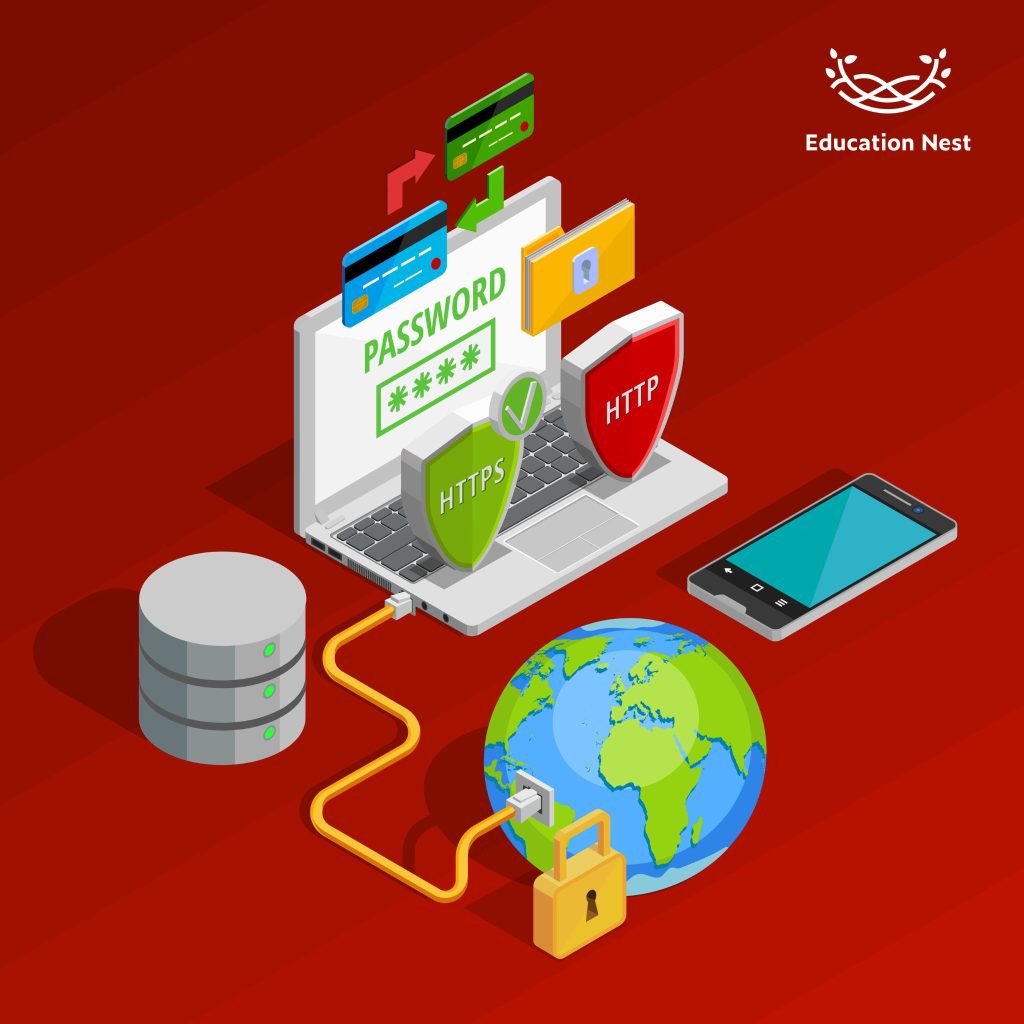Short for “demilitarized zone,” a DMZ network is an extra layer of security between an unprotected LAN and the wider Internet. It can take the form of either a perimeter network or a screened subnetwork. The DMZ is where the domain name system (DNS), email, web, and file transfer protocol (FTP) servers that can be accessed from the outside are kept. This keeps the internal network safe from attacks and break-ins.
To sum up, a DMZ network is an additional security measure that helps businesses protect sensitive information by isolating internal networks from the wider Internet. Access to the LAN is limited for DMZ servers, resources, and services.
This makes the network more secure against people who shouldn’t be there. Building a safe DMZ network depends a lot on firewalls, with the most common setup being two firewalls.
This blog discusses the fundamentals of DMz and the significance of DMz in game programming.
Design and Network Architecture of a DMZ
There are numerous configurations possible for a DMZ. Building a safe DMZ network depends a lot on firewalls, with the most common setup being two firewalls.
- Single Firewall
There should be a minimum of three network interfaces in a single firewall design. This firewall protects the network that makes up the DMZ. An outside network sets up the connection between the public Internet and the firewall.
The utilization of an ISP allows for this to occur. The second network interface is responsible for managing DMZ connectivity, while the third is in charge of managing connectivity to the internal network.
- Dual Firewall
When it comes to DMZ network architecture, the dual firewall design is superior in both security and scalability. The back-end firewall filters traffic leaving the DMZ, and the front-end firewall filters traffic entering the DMZ.
Advantages of Using a DMZ

A DMZ is most useful for making a private network safer by limiting who can get to its most sensitive resources.
Users of the website can use the services on offer without being connected to the internal network of the company. The DMZ provides extra safety features like:
- Facilitating Controlled Entry
- Keeping Unauthorized Access Out of Networks
- Countering IP (Internet Protocol) Spoofing
When comparing the DMZ and firewall, what are the main distinctions?
A DMZ network, also known as a perimeter network, is one that limits access to the LAN. It acts as a barrier between the open Internet and the private LAN. A firewall, on the other hand, is a piece of security infrastructure that controls data transfer between networks. For example, a demilitarized zone (DMZ) is typically situated between two firewalls that manage the flow of data between the DMZ and the rest of the network (LAN).
Read More: Cyber security salaries in India: Earn up to ₹25 Lakhs
What is the Purpose of a DMZ?
- It monitors network activity for intrusion attempts and reports its findings to command nodes.
- It allows external hosts to connect to the private network via an encrypted and authenticated tunnel.
- Clients that access the corporate network via wireless LAN can do so safely and confidently thanks to this feature.
- It keeps the internal network’s security restrictions in place while letting external hosts connect to selected company servers.
Why do we need DMZs?
The internal networks of a company are safer because DMZs add a layer of network segmentation. Because these isolated networks have their own rules, it will be harder for attackers to get into the main network. Both individuals and large groups can use this method successfully.
When a company has servers or applications that are accessible from the outside world, they isolate them in a “demilitarized zone,” or DMZ. The DMZ separates these systems from the rest of the network, reducing the risk that an attack on one system will affect other systems.
DMZ-Mw2: What Is It?
Warn of Danger Although Warzone 2 continues to refine the battle royale formula, it also introduces a new and intriguing mode called DMZ.
You’ll be fighting for your life in the streets of Al Mazrah again in the DMZ, but this time you won’t be trying to be the last man standing; instead, you’ll be trying to plunder as much money as possible and get out of there as quickly as possible.
This sandbox method of playing Call of Duty may take some getting used to, but don’t worry; we’ve got you covered. Find out when the new mode will be available, how it will work, and if you need to purchase Warzone 2 to play it.
How does the DMZ mode work?
Activision says that the new DMZ mode is “an open-world, story-driven extraction mode in which Operator squads are free to complete missions for different factions.”
In DMZ matches, players start off by spawning in a random location on the Al Mazrah map. Each operator has a fully-stocked backpack with everything they’ll need for their upcoming missions.
While DMZ is a one-life mode, players can be brought back from the dead and even back into the action if they switch to spectator mode. Even though you’ll lose everything that isn’t permanent, you can get your guns back after a certain amount of time if you use the Insured Weapon slots.
You can also “engage with enemy operators or AI combatants, search for valuable items, and take on additional side objectives” in the DMZ. All this will occur “while struggling to stay alive on the way to exfiltration.”
Is DMZ mode in COD free?
It’s true that the DMZ is free to enjoy because it’s included in Warzone 2.0 and not Modern Warfare 2. Killing the AI guards here will net you a lot of weapon experience points, making it a great place to grind if you don’t have access to multiplayer.
Conclusion
To sum up, a DMZ can be an efficient method to strengthen network security by adding a buffer zone between the network and the outside world. The DMZ can be an effective security measure, but only if it is set up and maintained in accordance with current best practices and evolving threats.
